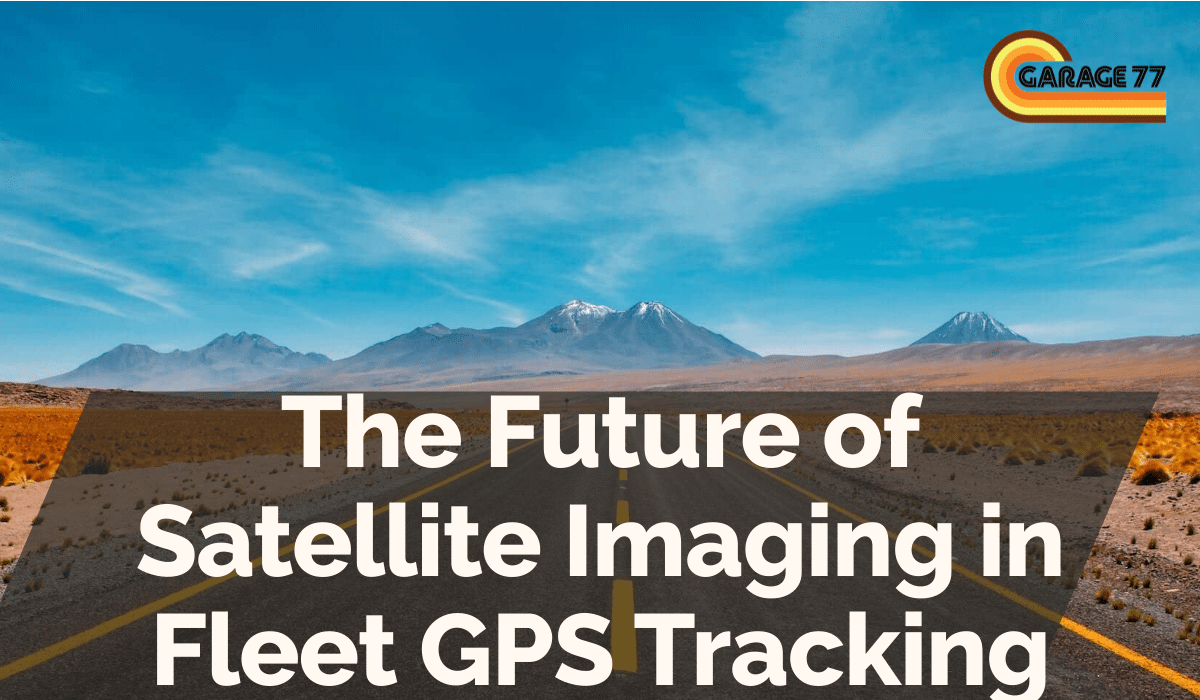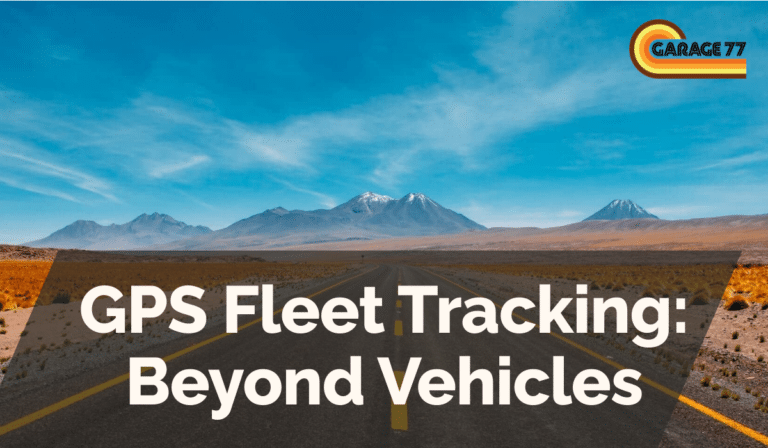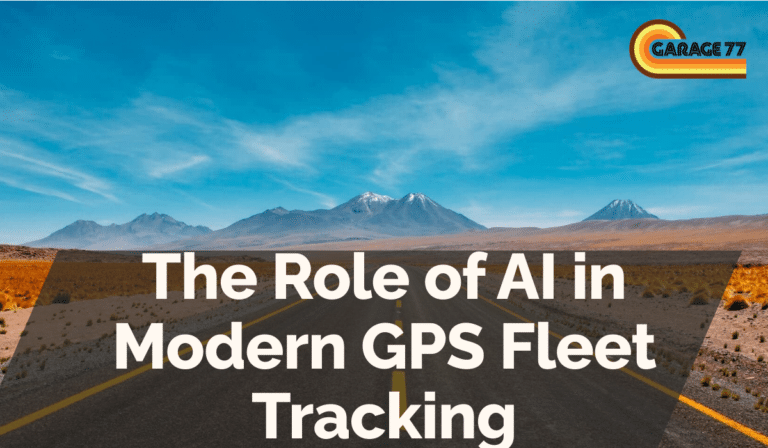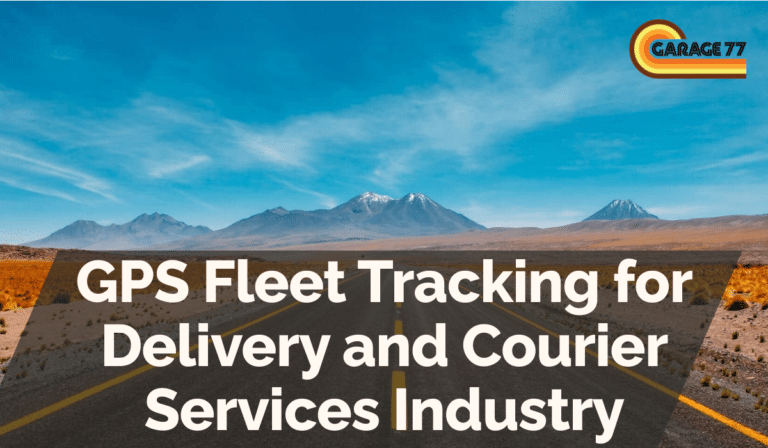Fleet Global Positioning System (GPS) tracking has become a critical tool in the field of transport and logistics, moving beyond simple vehicle tracking to a more extensive location-based service. Subsequent advancements in technology are significantly influencing its evolution. One of the main game-changers that promises to revamp the fleet GPS tracking system is satellite imaging. Let’s delve into an in-depth view of how satellite imaging could shape the future of fleet GPS tracking.
The Power of Satellite Imaging
Satellite imaging allows for the acquisition of detailed images from the Earth’s surface, which is an instrumental tool in fleet tracking. With superior resolution features compared to general GPS, satellite imaging provides sharper, clearer, and real-time images, aiding in precise and efficient fleet tracking and management.
Potential Benefits to Fleet GPS Tracking
- Enhanced Real-time Tracking: The use of satellite imaging in GPS tracking units allows for the provision of up-to-date information, thus enabling improved tracking and faster decision-making in real-time.
- Better Route Planning: Satellites provide comprehensive images that reveal possible obstacles, congestion, or closures, thus improving route planning and efficiency.
- Improved Overall Operations: Satellite imaging aids in the accurate monitoring of vehicle location and status, helping businesses increase productivity, efficiency, and safety.
The Challenges Ahead
However, integrating satellite images into fleet GPS tracking systems also presents several challenges. High operational costs, data privacy issues, and technological requirements are just a few of the many hurdles that need to be overcome.
Future Possibilities
Apart from these challenges, the future of using satellite imaging in fleet GPS tracking systems looks highly promising. With continual advancements in technology and data processing, the convenience and efficiency of GPS systems will significantly improve.
FAQs
Q: What is the main advantage of using satellite imaging in Fleet GPS tracking?
A: The main advantage is the enhanced real-time tracking feature. With clear, superior-quality images, businesses can track their fleet accurately and make faster decisions.
Q: What are the challenges of integrating satellite images into fleet GPS tracking systems?
A: The three main challenges are high operational costs, data privacy issues, and the technological requirements needed for the integration.
Conclusion
In conclusion, the future of satellite imaging in fleet GPS tracking holds immense possibilities. By overcoming the challenges, it can revolutionize the transportation and logistics industry, providing superior control, productivity, efficiency, and safety. It could very well be the next big leap in GPS tracking technology.







